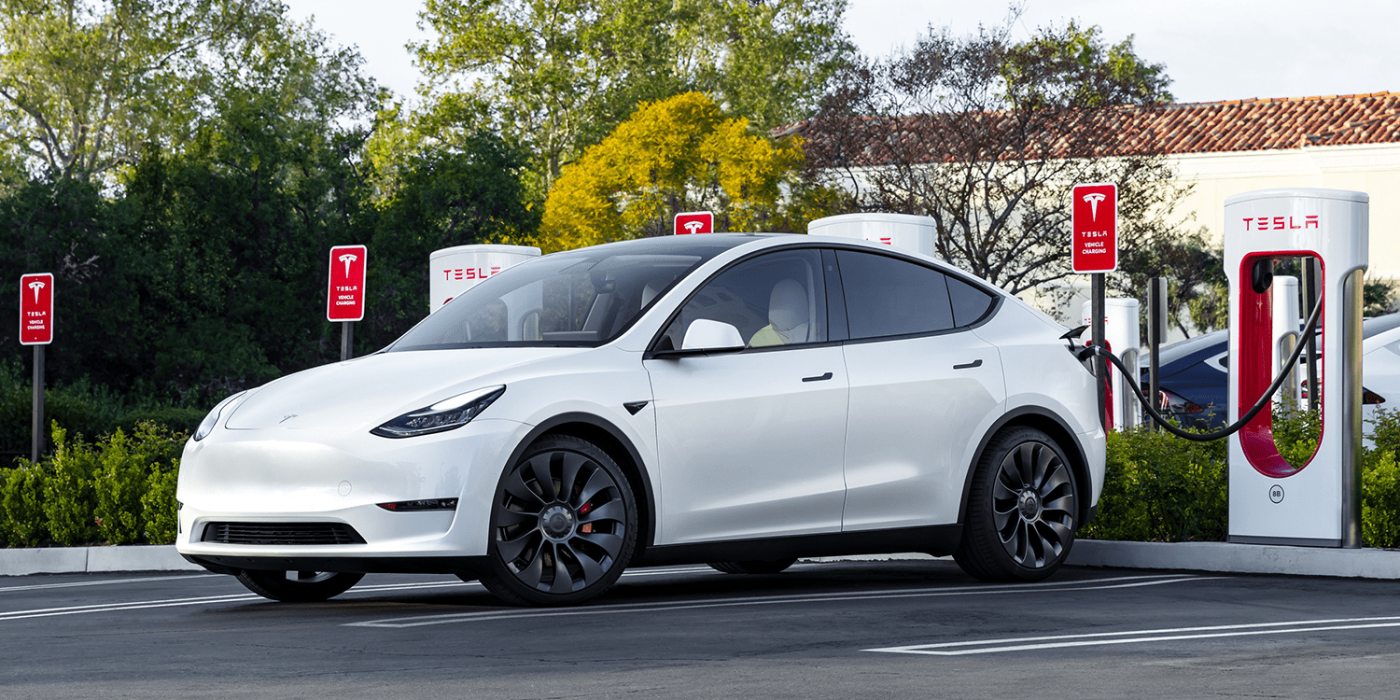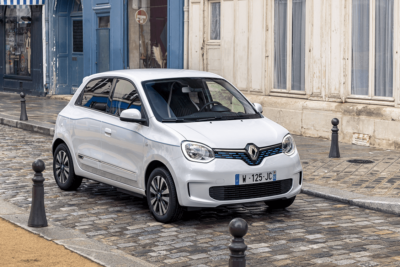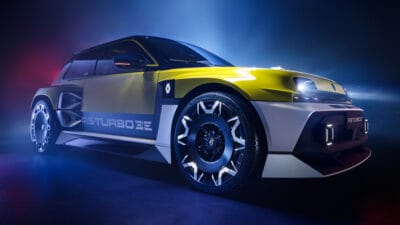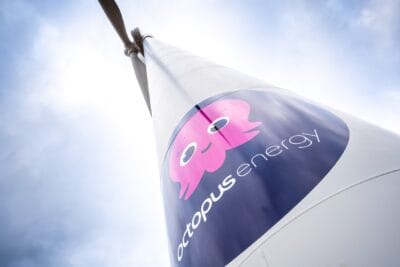Norway marks 13,803 new BEV registrations over December
In Norway, 13,803 new electric cars were registered in December. The share of electric cars among all new registrations was 67.1 per cent. In addition, there were 4,706 new plug-in hybrids. Norway’s most successful model in December was the Tesla Model Y with 2,379 registrations.
In 2021 as a whole, there were 113,751 battery-electric cars, which corresponds to a market share of 64.5 per cent. This means that six out of ten new cars in Norway were purely electric. In addition, there were 38,166 plug-in hybrids in the entire year.
Compared to 2020 as a whole – when 76,804 pure electric cars were newly registered – this corresponds to an increase of 48 per cent. However, the figures from December 2020 were only just surpassed – with 13,803 new registrations in December 2021 and 13,718 vehicles in December 2020. The increase is thus just 0.6 per cent, otherwise two-digit growth rates are common. In 2020, however, December was also an unusually strong month.
With now 13,803 new registrations in December, the market for electric vehicles was able to re-establish itself in the five-digit range. In September and November, 13,946 and 11,274 new electric vehicle registrations were recorded respectively, whereas in October there were only 8,116 new registrations. Thus, October seems to remain the exception and not the beginning of a trend.
In addition to the 13,803 electric cars, there were 4,706 plug-in hybrids in December with a market share of 22.9 per cent. This means that 90 per cent of all new passenger cars in Norway had an external charging connection in December. For the year as a whole, the plug-in market share is 86.1 per cent. Pure petrol cars had a market share of 3.3 per cent in December, pure diesel cars 3.5 per cent.
The model ranking in December – as in November – is led by two Tesla models. As mentioned above, the Model Y had 2,379 registrations, ahead of the Tesla Model 3 (1,968) and the VW ID.4 (718). As usual in the last month of a quarter, both Tesla series were able to increase significantly compared to November, while the ID.4 remained stable at the November level.
The ID.4 is closely followed by the Nissan Leaf, which had an exceptionally strong month with 711 units. Since the OFV statistics only publish the top 20 models of the current year, newcomers often appear with a delay – once they have worked their way into the top 20. The portal EU-EVs provides a more detailed breakdown: The new BMW iX – not yet listed by the OFV – came to an impressive 705 new registrations in December.
Behind it is the Toyota RAV4 (698 new registrations), the first combustion engine/PHEV model. It is followed by the Audi Q4 e-tron, which like the ID.4 is built in Zwickau, with 569 new registrations, although the statistics of the Norwegian Road Information Authority OFV do not distinguish between the electric SUV and the electric SUV coupé. The Skoda Enyaq (528 new registrations) is followed by another MEB SUV (but built in the Czech Republic), ahead of the Porsche Taycan (526 units) and the Hyundai Ioniq 5 with 441.
For the year as a whole, the Tesla Model 3 took the victory among models with 12,058 new registrations. Second for the year is the Toyota RAV4 (8,928 units) ahead of the ID.4 (8,645 units) and the Model Y (8,267 registrations). It must be mentioned here that the Model Y has only been delivered in Norway since the summer. But the ID.4 was also not yet available in Norway in 2020. The best-selling car of 2020 – the Audi e-tron quattro – still came 7th in the annual ranking in 2021 with 5,745 units – just ahead of the Enyaq (5,711 units), but already behind the Ford Mustang Mach-E (6,160 new registrations).
ofv.no, ofv.no (models), eu-evs.com (models)





0 Comments